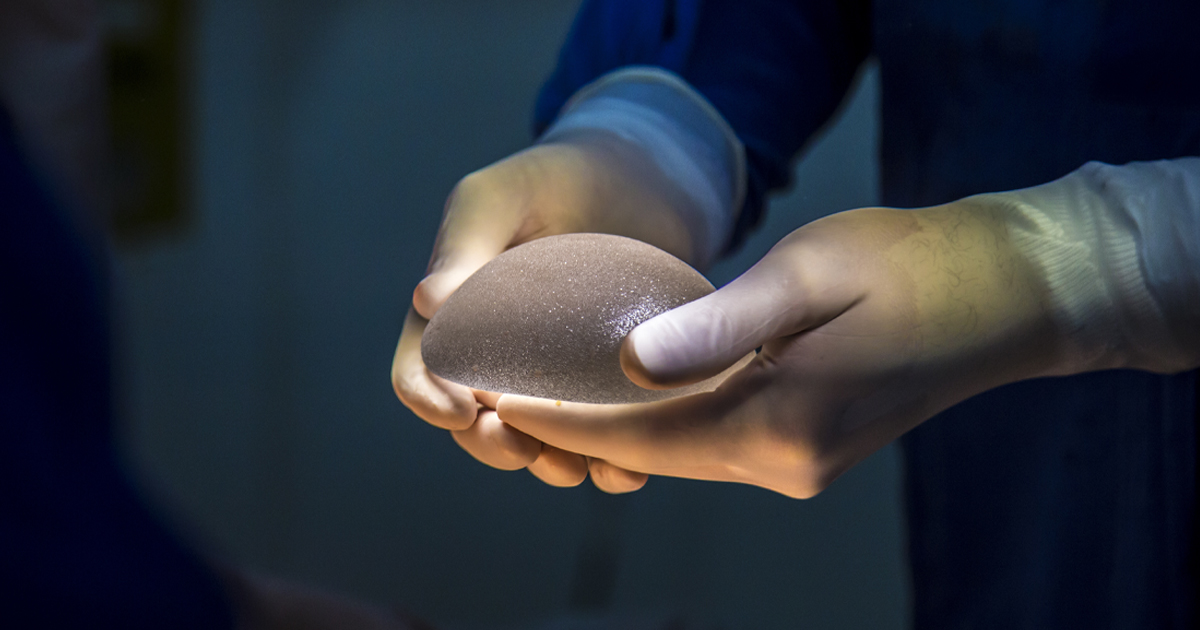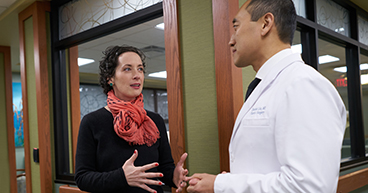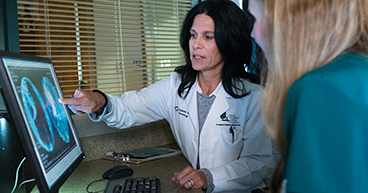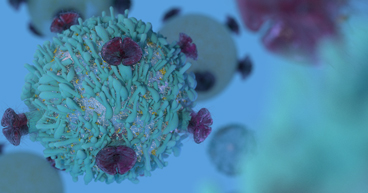
A recent warning from the federal government linking some breast implants to a rare form of lymphoma has many women concerned about the risks posed by their own implants. But experts say there is no need for panic. “You have to put it into perspective,” says Dr. Rola Eid, Medical Director of Plastic and Reconstructive Surgery at our hospital in Tulsa. “Breast implant-associated anaplastic large cell lymphoma (BI-ALCL) is very rare.”
FDA reports of related cancers
The U.S. Food and Drug Administration (FDA) announced last month that, after collecting data, it now agrees with the World Health Organization’s years-old conclusion that some women with certain breast implants may have a higher risk of developing anaplastic large cell lymphoma (ALCL). The FDA received a total of 359 reports of breast implant-associated cancer cases in women with breast implants as of February. Breast implant-associated anaplastic large cell lymphoma (BIA-ALCL) is a non-Hodgkin lymphoma, a rare cancer of the immune system—not a form of breast cancer. When concerns were first raised within the FDA in 2011, the agency said there were not enough cases to determine whether a connection existed.
At the time of its warning, the FDA noted that tracking the exact number of BIA-ALCL cases “remains difficult to determine due to significant limitations in world-wide reporting and lack of global implant sales data.” In 2015, women underwent nearly a million and a half breast augmentation surgeries worldwide. About 290,000 breast augmentations were performed in the United States that year—nearly a third of which were for reconstruction after breast cancer—according to the American Society of Plastic Surgeons. “If you look at the sheer numbers—approximately 10 million women around the world have breast implants. The FDA is reporting 359 cases, so that’s rare.”
Of those cases, only 231 contained detailed information about the type of implant used. In 203 of those cases, the women had implants with a textured surface, an outer shell designed to allow the implant to grip onto the tissue inside the chest and remain in place. The implants included those made with both silicon and saline.
The 'shell' of the implant
“It's not a matter of what the implant is filled with,” says Dr. Eid. “It has to do with the shell, the surface texture of the implant. In many cases, a fluid builds up in the capsule around the implant.” It is still unclear whether the texturing is actually responsible for the cancer, or whether it is merely associated with a higher incidence of the disease.
The main symptoms of BIA-ALCL are persistent swelling or pain in the vicinity of the breast implant. These symptoms may occur well after the surgical incision has healed, often years after implant placement. “This cancer typically doesn’t develop right away,” says Dr. Eid. “If your breast ever appears swollen, changes shape, or becomes hard or firm, you should contact your physician and have it evaluated.” The FDA says BIA-ALCL is easier to treat if caught early. “The typical course of action is removing the implant and the capsule surrounding the implant,” says Dr. Eid.
The FDA is not recommending that implants be removed in healthy women who aren’t experiencing problems. “A few patients have asked me about BIA-ALCL,” says Dr. Eid. “I also address it with my patients when we talk about breast implants. There's a lot of fear out there, like there was in the 1990s when there was talk of breast implants causing different diseases. I think it's very important to educate women. Having information may help alleviate the fear. The FDA still says breast implants are safe—they still allow physicians to put them in. It hasn't taken implants off the market because this is a very rare disease and they are still doing a lot of research to figure it out.”



